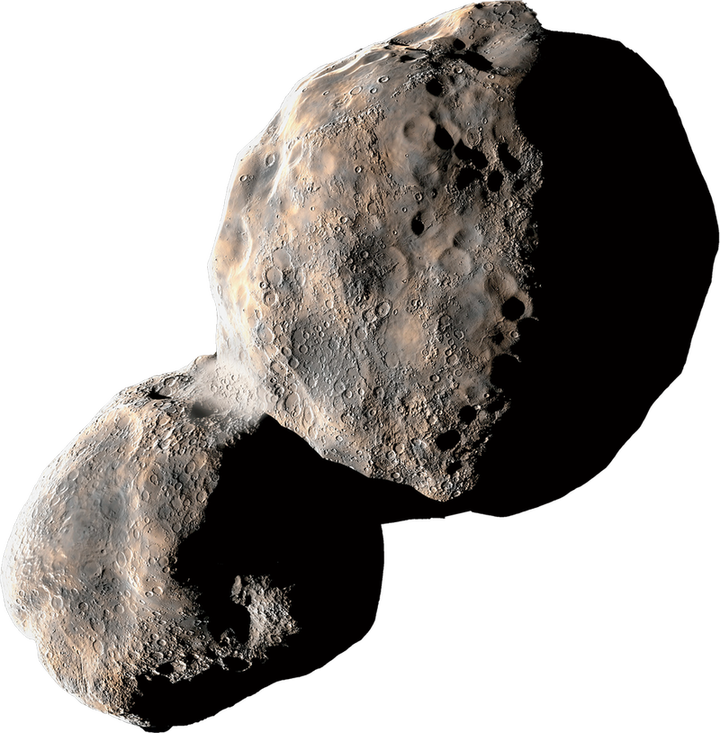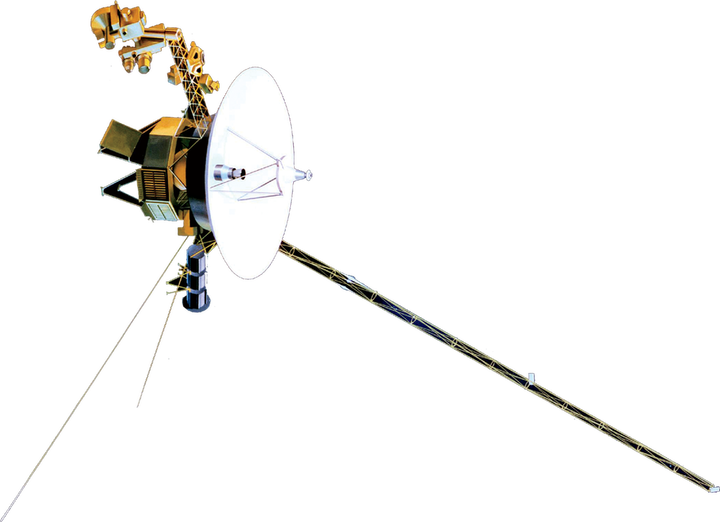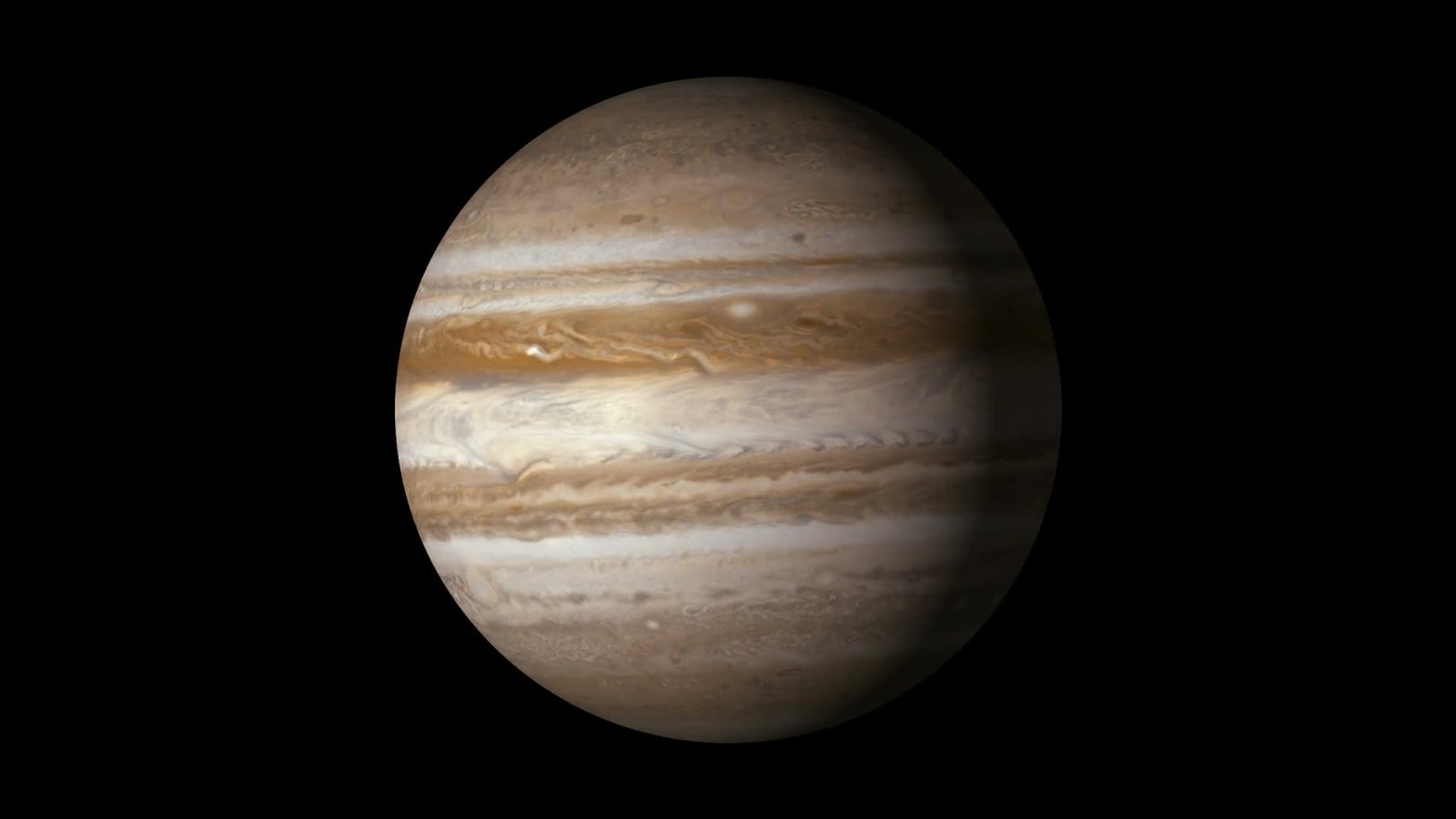PicturingthePoles
BeyondtheasteroidbeltliesJupiter.Jupiteristhelargestplanetinthesolarsystem.Itis11timesthediameterofEarth.Since2016,aNASAspacecraftnamedJunohasbeenorbiting Jupiter.
Jupiterspinsfasterthananyotherplanetinthesolarsystem.Thisrapidspincreatesbeltsofgasthatrunfromeasttowest.ButJunotookpicturesofJupiter’snorthandsouthpoles.Therearenogasbeltsthere.Instead,thepoleshavevast,swirling storms.

ThisdrawingshowshowJunolooksasitorbits Jupiter.
Fartherand
Further
In2006,NASAlaunchedaspacecraftnamedNewHorizons.ItusedJupiter’sgravitytoslingshotitselftowardPluto.Plutoistheninthlargestobjectthatgoesaroundthe sun.
Nineyearslater,NewHorizonsflewpastthedwarfplanet.Itshoweduspicturesofmountainskilometershigh.Themountainsweremadeofwater-ice.Plutoissocoldthatthissubstanceisashardasrock.Itwasanimportantdiscovery.Scientistswanttoknowhowthemountains formed.
NewHorizonsisstillgoing.Itflewpastthefarthestobjectevervisited,Arrokoth.MuchsmallerthanPluto,Arrokothismadeoftwoobjectsstucktogether.Itlookslikeasnowmaninspace!Fromtiptotip,itisabout
35kilometers(22miles) long.
ThisdrawingisbasedonimagestakenbyNewHorizons.Itshows Arrokoth.

Voyagernowexploresinterstellarspace,asshowninthis drawing.
Arrokothisfar,faraway.Believeitornot,somespacecrafthavetraveledevenfarther.Voyager1andVoyager2werelaunchedbyNASAin1977.Voyager1’smissionwastoflybyJupiterandSaturn.Voyager2flewbyJupiter,Saturn,Uranus,and Neptune.
Bothspacecraftkeptgoing.TheyarenowreallyfarawaybutarestillsendingdatabacktoEarth.Theyarenowexploringinterstellarspace.That’stheregionbetweenstars.Thisisthefirsttimeaspacecrafthasgoneintoittoseewhatit’s like.
Whydoweexplorethesolarsystem?Becauseweareapartofit.Wewanttoknowmoreabouttheplacewherewelive.Eachmissionteachesusmoreandshowsusfascinatingnewplacesin space.

